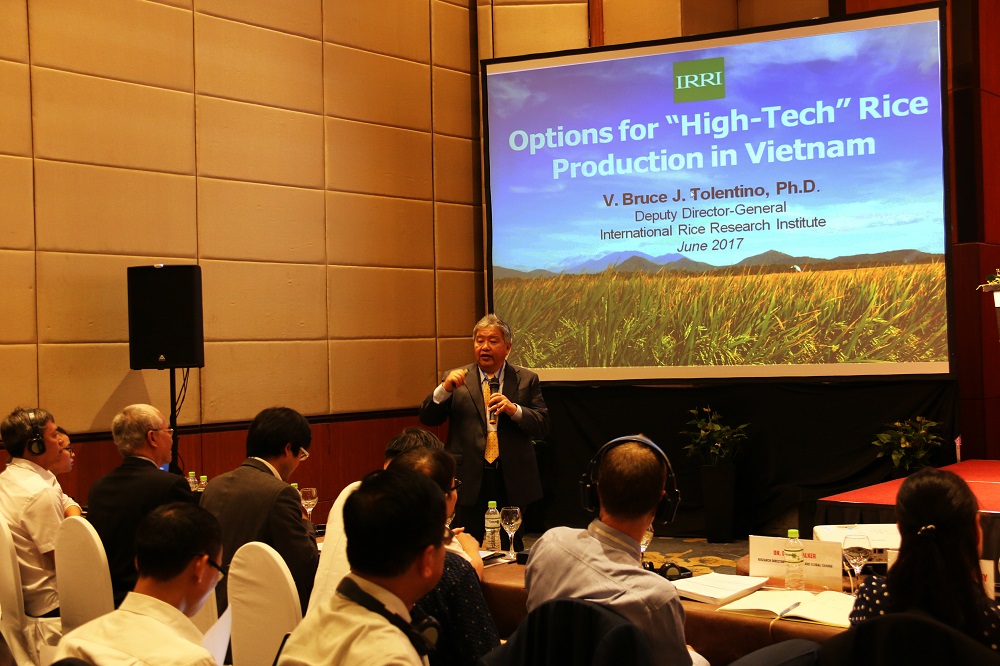
Hanoi, Vietnam–Have you heard of digital agriculture, satellite farming, or agricultural robots? These are just some of the current trends in agriculture. High technologies are now being used to promote productivity, quality, and efficiency, from production, processing and up to consumption. With the aid of state-of-the-art technologies, hi-tech agriculture aims to sustainably increase productivity and incomes, ensure food security and safety, build resilience to climate change, and reduce greenhouse gas (GHG) emissions.
At the recently concluded Vietnam Economic Forum 2017, a special focus was given on how hi-tech agriculture can solve the inconsistency in quality and low competitiveness of Vietnamese farm produce in the world market. A conference on high-quality and sustainable agricultural development was conducted and attended by the various stakeholders of Vietnam’s agriculture sector.
The local experience
With 29 hi-tech agricultural zones, seven of them in operation, Vietnam boosted its efforts to advance its agriculture sector. During the conference, some of the model agricultural zones and industries with the most advanced technologies in the region shared their practices and experiences.
Lam Dong Province, one of the country’s pioneering agricultural zones, has used automation, information technology, new material technology, biotechnology, and improved varieties in vegetable and flower production. After more than 10 years, Lam Dong solved its various problems in productivity, quality, and economic efficiency—making it the leading province in hi-tech agriculture.
Some Vietnamese industries, such as the Loc Troi Group and TH True Milk, have already invested heavily in hi-tech agriculture. Loc Troi Group, through its Center for Research and Production of Biological Products, has produced advanced and high-quality bio-organic crop protection products. TH True Milk, on the other hand, uses world-class technologies for its water purification, cattle breeding, management software system for monitoring animal health, comfort, and milk production, and dairy processing plant.
Options for hi-tech rice production Vietnam
“Global warming is real and it will reduce rice productivity,” stressed Bruce Tolentino, deputy director general for communication at the International Rice Research Institute (IRRI). “Vietnam should improve the quality of its rice especially to the mindset of the international market.”
Dr. Tolentino shared some options for hi-tech rice production during the Vietnam Economic Forum. “At IRRI, we have developed rice varieties that can stand the stresses of climate change, such as drought, salinity, submergence, and heat. The Submarino, a rice variety that can survive 17 to 21 days of flooding, is one example.”
He also promoted the use of alternate wetting and drying (AWD), a water management technology that reduces water use by 30% without yield loss. AWD also reduces GHG emission. He also featured postharvest hardware products like the solar bubble dryer, flatbed dryer, and airtight storage systems. among others.
Dr. Tolentino also discussed how space technology can be tapped in agriculture. “Using satellite images, IRRI has been accurately monitoring the agricultural activities across Southeast Asia,” he said. “These sets of geographic information are being used to help governments in making decisions in food security and sustainable development, particularly in rice-growing areas.”
The use of information and communication technology is another vital component of hi-tech agriculture. Through the Rice Crop Manager—an application that could be accessed via a smartphone or a computer with an Internet connection—extension officers can give farmers specific recommendations on nutrient, pest, weed, or water management, depending on the variety they used, their yield from the previous season, and the conditions of their field.
Enabling environment for hi-tech agriculture
“There is a high demand for hi-tech agriculture in Vietnam,” said Nguyen Thi Thanh Thuy, head of the Ministry of Agriculture and Rural Development’s Department of Science, Technology, and Environment. “However there is little momentum on the ground. The government issued a number of policies to promote the use of high-tech agriculture, but there are a lot of challenges in the implementation.”
The Minister mentioned some of the issues in the research and development, technology incubation and transfer, and financial support. “There is a loose link among the farmers, enterprises, government agencies, and research institutions in harnessing hi-tech agriculture,” she said.
Cao Đức Phát, permanent deputy head of the Party Central Committee’s Economic Commission, stated that the recommendations made during the conference will be taken to improve the existing policies to meet the needs of the stakeholders and help them adapt to fast-changing technologies.
“The focus should be on capacity-building activities to have qualified human resources who can use and promote hi-tech agriculture,” Mr. Phát said. “I encourage national and international research and development institutions and private enterprises to localize modern and sophisticated agricultural technologies for Vietnamese farmers.”
________________
Mr. Bernardo is a senior communication specialist at of the CGIAR Research Program on Climate Change, Agriculture and Food Security in Southeast Asia.

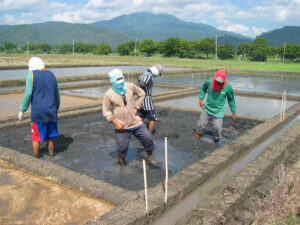
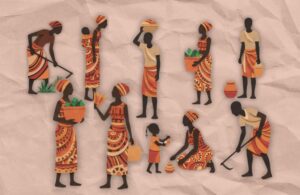
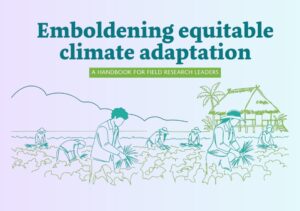
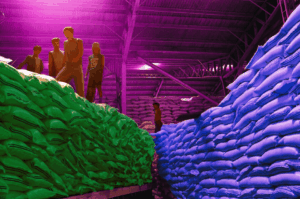
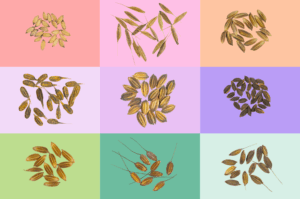
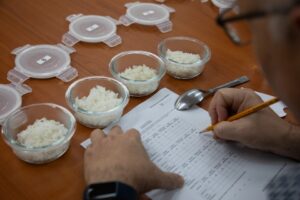
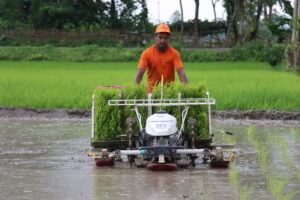
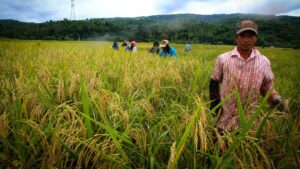
Great…..